In our additional images you will find other works by the artist, whose manner, time of creation and composition are entirely identical to our work.
There is no documentation on the place and date of birth and death, as her maiden name is unknown and Marchioni is that of her husband. It is believed that Elisabetta was the wife of the goldsmith Sante Marchioni, operating in the square of Rovigo, based on the testimony of a certain Francesco Bartoli from Bologna (1745-1806) - the first to speak of her in 1793 -, actor and playwright, art lover, who had opened a bookshop in Rovigo. Bartoli testifies that "almost all the houses in Rovigo had four, six, eight (of her paintings)".
According to others, it would rather be the nun of Rovigo Elisabetta Marchiori, unifying the two identities, that of painter and that of nun. Would Elisabetta, widowed, become a nun? On the other hand, there are also doubts about the surname Marchiori or Marchioni, of little Polish attribution. Perhaps the goldsmith husband was originally from Tuscany, where the art of goldsmithing claims an ancient tradition. Filippo Pedrocco, author of an essay in the catalogue dedicated to Andrea Brustolon (Skira, 2009), writes "Elisabetta Marchioni (Rovigo 1650-1700 circa)". E. Martini considers her active even at the beginning of the 700th century.
The painter, highly appreciated already during her lifetime and still internationally rated today, anticipated with her style the Venetian floral motifs referring to the sphere of Francesco Guardi, characterized by vases and containers with a rapid and almost impressionistic modeling, with a dark reddish base, to highlight dense bouquets of imaginative flowers.
Often confused with Margherita Caffi, or some other painter of similar culture, the artistic production of Elisabetta Marchioni is in fact characterized by some particular elements: the arrangement of the containers on two different levels to create polychrome and exuberant floral cascades in the proto-rococo style; compositions composed of a vast assortment of flowers rendered with freedom and imagination rather than copied from reality; the inevitable "cascatelle di verde" and "the crushing of the petals of the roses".
Of her vast production, with infinite variations on the theme, most have been lost, while others have long been of uncertain attribution. However, very little remains in her hometown. A distinct case is the floral antependium that Elisabeth herself donated to the Capuchin church of Rovigo, now preserved in the Pinacoteca dell'Accademia dei Concordi.
Literature: Metropolitan Museum of Art (New York, N.Y.); Federico Zeri; Elizabeth E. Gardner (1973). Italian Paintings: Venetian School: Catalogue of the Collection of the Metropolitan Museum of Art. Metropolitan Museum of Art. p. 33; Catalogo Beni Culturali, Still Life with Flowers in the Galleria Rizzi, Sestri Levante near Genoa. ; online: English Wikipedia; https://bottegadarteantichita.com/en/opera/elisabetta-marchionni-pittrice/
Inscription: unsigned.
Medium: oil on canvas, old frame.
Dimensions: unframed 95 x 70 cm (37 1/3" x 27 1/2"); framed 114.5 x 89.5 cm (44 7/8" x 35 1/4").
Condition: good overall condition, some retouching by the parrot figure; old relining of the original canvas.


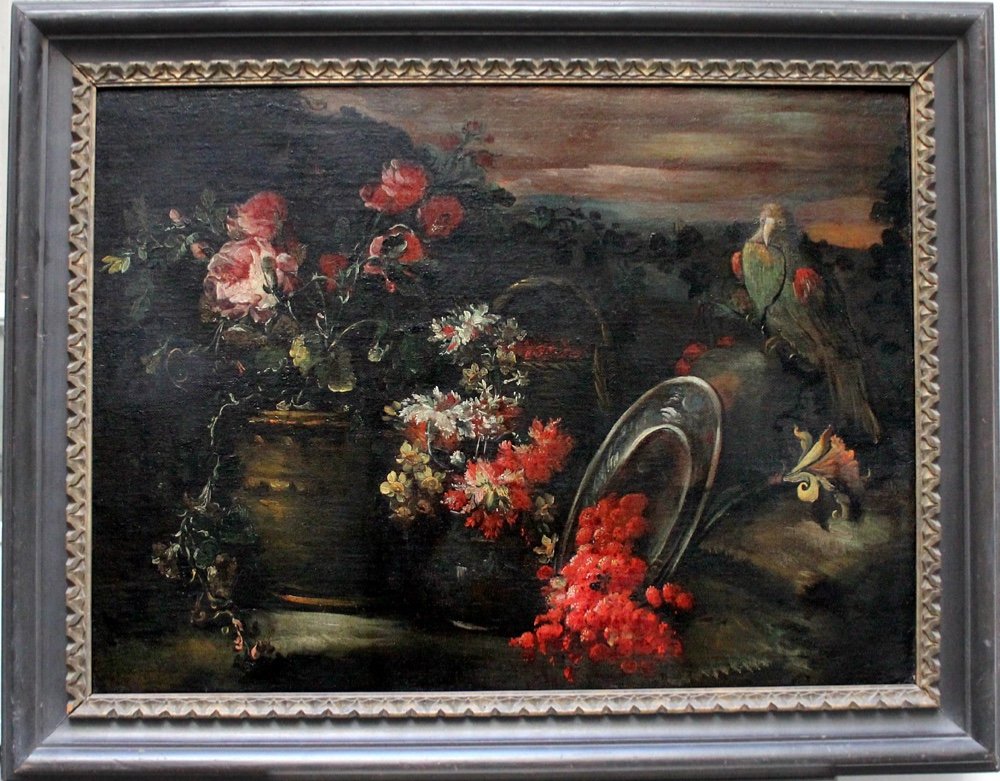




























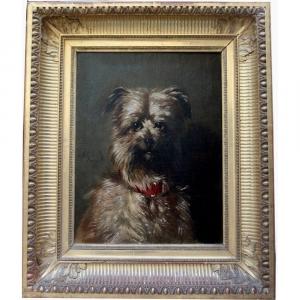

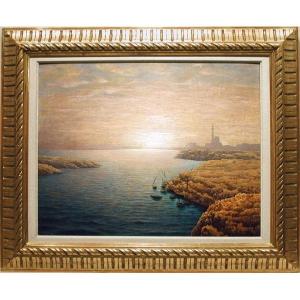




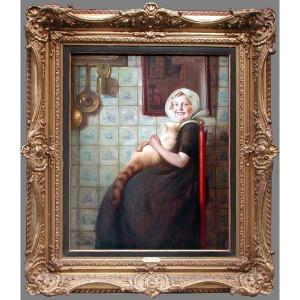




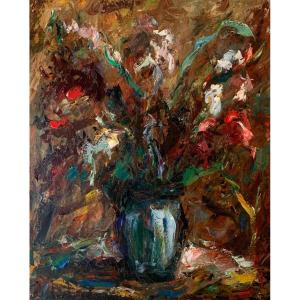

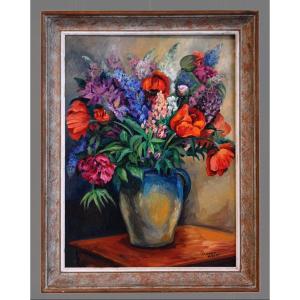




 Le Magazine de PROANTIC
Le Magazine de PROANTIC TRÉSORS Magazine
TRÉSORS Magazine Rivista Artiquariato
Rivista Artiquariato